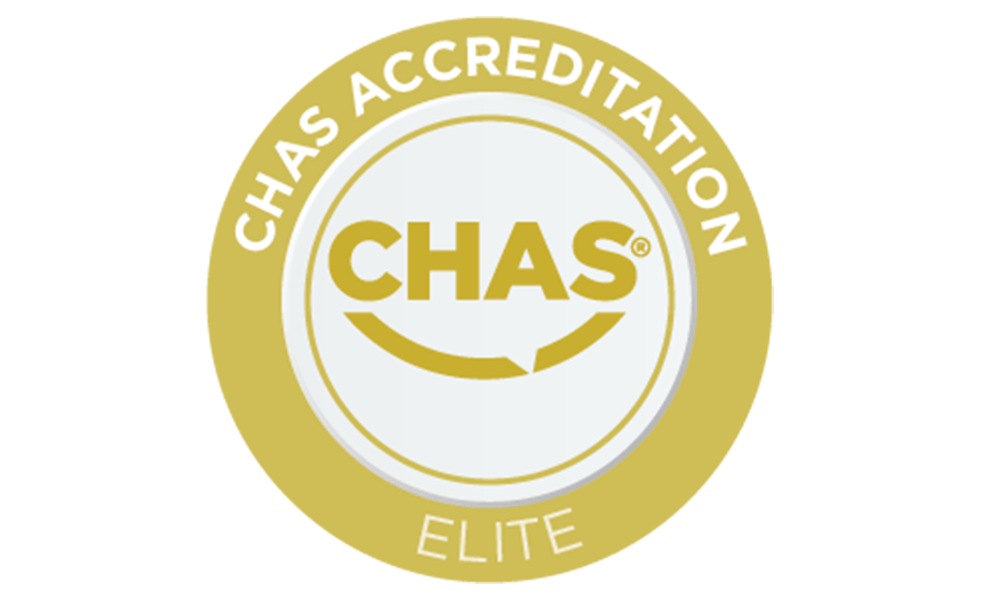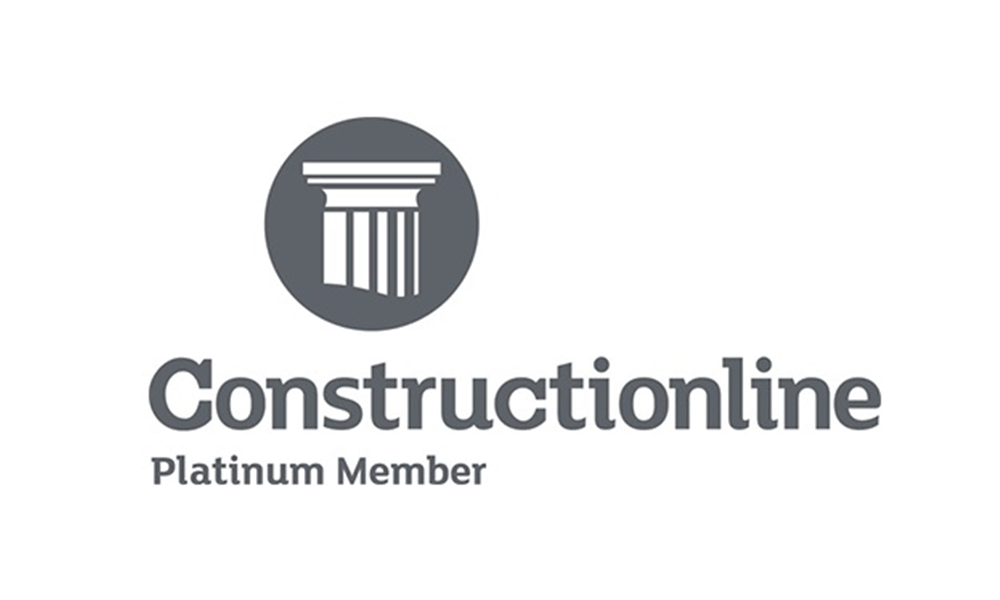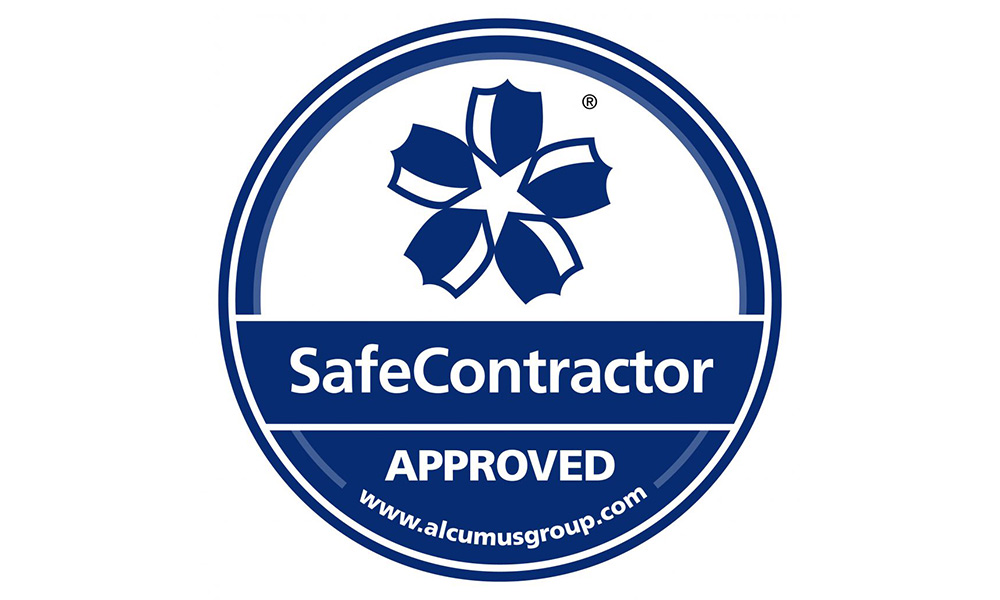With sustainability and reducing the construction industry’s environmental impact gaining increasing significance, the Building Research Establishment Environmental Assessment Methodology (BREEAM) has set the standard to enable property investors, asset owners, managers and occupiers to determine and drive sustainable improvements in the operational performance of their assets for over three decades. Later this year, these standards are set to become even more ambitious with the launch of BREEAM V7. Robert Brazier, Head of Contracts & Commercial Managers, reveals what the built environment can expect from the upcoming BREEAM V7 regulation changes and how they might affect you.
While the construction industry continually utilises innovation and technology to ensure not only better buildings but safer ones too, there is still much that can be done to improve sustainability and reduce the sector’s impact on the environment. Indeed, according to the UK Green Building Council, 25% of UK emissions are directly attributable to the built environment.
So, what are the proposed BREEAM V7 regulation changes and how could they affect anyone that works in the built environment?
What are the key changes likely to be?
Following a consultation with customers and stakeholders, BREEAM announced a focus on whole life carbon and energy credits that will apply to the new construction, in-use, and refurbishment and fit-out sectors.
The upcoming changes will see metrics aligned across the entire BREEAM suite of standards, ensuring consistent carbon measurement and comparability throughout a building’s life cycle. Additionally, utilising metrics that align with other reporting frameworks will see real value added.
Furthermore, there will be a greater emphasis on the performance of the building, rather than the specific processes and metrics used to create it. The BREEAM V7 regulation changes will also track a building on its pathway to net zero carbon.
A competitive edge over others in the industry
With sustainability becoming ever more important, targeting and achieving BREEAM certification could enable assets to stand out in a saturated market.
Indeed, by demonstrating a commitment to high-quality construction and sustainability, firms could not only gain a competitive edge over others in the sector but also improve client trust.
Improved project management and innovation
Tying in BREEAM certification targets with a holistic approach to building design and construction can often lead to better project outcomes, meaning not only a happier client but also a smoother project for anyone involved.
Additionally, targeting the strict demands and requirements of BREEAM V7 could drive the adoption of innovative construction methods and technologies, assisting a project’s sustainability processes as well as the quality of future buildings.
Faster and simpler compliance with regulations and targets
With building and sustainability regulations becoming increasingly stricter and the demand for compliance absolutely paramount, building operators, industry professionals, asset owners and investors need to make sure their development has these requirements in mind.
Achieving BREEAM V7 compliance will ensure that any building complies with the various environmental and sustainability regulations, enabling all involved in a construction project to avoid penalties. Similarly, investing in BREEAM V7-certified projects will enable professionals and asset owners to align with environmental, social and governance (ESG) criteria and report against established net zero trajectories, such as the Carbon Risk Real Estate Monitor (CRREM). This tool evaluates the operational carbon performance of a building and assesses it against national climate targets.
Reduced operating costs and enhanced performance
With BREEAM-certified buildings designed to be more energy efficient, this can often lead to lower operational costs, including a reduction in utility expenditure for the building occupiers. Additionally, buildings designed and built with sustainability in mind often have an increased asset value, too.
Furthermore, occupants may also experience an upturn in their comfort and wellbeing. Indeed, BREEAM-certified buildings typically provide healthier and more comfortable spaces, increasing tenant satisfaction and retention.
Buildings with sustainability in mind are becoming a major focus for anyone in the construction industry, especially with BREEAM certifications and the Future Buildings Standard regulations taking such a prominent role in the sector.
Aimed at identifying performance gaps between design intent and operational performance to support the continuous improvement of real estate performance, the BREEAM V7 regulation changes will impact not only architects, contractors and asset managers but also building occupiers.
In fact, while these regulations are becoming tighter, achieving certification and exceeding these quality standards can actually benefit anyone involved in the built environment. So, paying attention to the upcoming BREEAM V7 regulations now and how they could affect you in the future could give you a significant advantage over your competitors and help significantly reduce the industry’s carbon footprint.
Follow us on LinkedIn – https://www.linkedin.com/company/pexhurst-services-limited/










